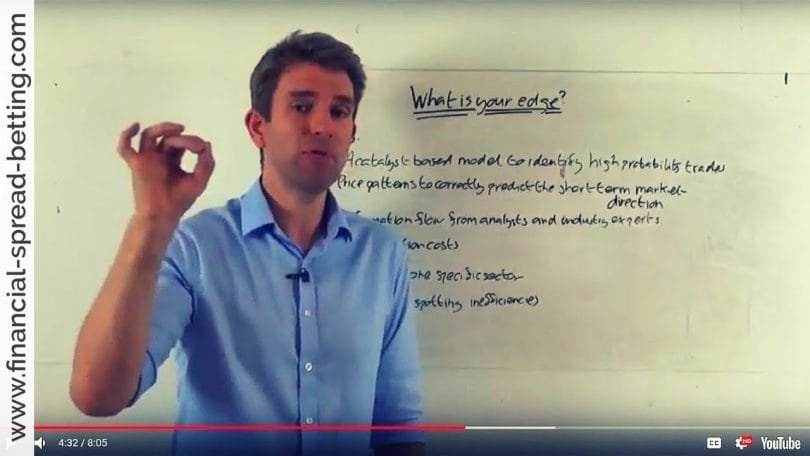Every successful trader with longevity in this business has developed his or her own unique methodology that offers, at its core, an edge. Make no mistake, trading is a competitive business. An edge provides you with an advantage over other traders.
Your edge is much more than an ability to recognize trade setups. It is in negotiating the mental twists of the business that hold back so many traders. Your edge comes when you know yourself well enough to avoid trading situations and the types of markets which can get you into trouble (review: Playing The Odds). Having an edge means knowing what works for you and what doesn’t work. Your edge is in your ability to admit quickly that you are wrong when you are wrong and to revise your game plan. Your edge must include coming prepared to each trading day. Finally, you must BELIEVE that you have an edge. It is that belief which will motivate you to achieve superior performance.
Trading Styles
There is no such thing as a wrong method, if it works for you. There are many different styles of trading that employ various execution and money management techniques. So, what is the key ingredient to profitability? It is consistency in your particular technique and style.
This course offers you a proven set of analytical tools and trading techniques. You should endeavor to employ what you are taught, but you cannot hope to master all of what you have learned at once. Over time, your own experience and unique gifts will guide you to those tools and techniques which work best for you. Develop mastery of those core techniques before bringing in other aspects of the course. It is better to learn to do a little very well, rather than attempt to do too much with poor results. Pick one style and stick with it. You will not only gain confidence, but you will begin to learn the subtle nuances of that particular approach. Stay with your method and make the trades.
Once you have developed a consistent approach to trading, profitability comes down to making trades. You won’t make money if you don’t pull the trigger. You must be both confident enough and aggressive enough to continue to place orders on a regular basis. Great players shoot baskets until they are able to hit the basket regularly. You only learn to do anything well by repetition.
Here are some additional points which, in my experience, contribute to maintaining an edge.
- If you are not in a proper frame of mind, don’t trade. If you are not prepared, or are distracted by other activities, stay out of the market until you can again concentrate on the business of trading.
- Guard against burnout. Any pursuit which demands so much leads to occasional burnout. Learn to recognize the signs of burnout in yourself. When you feel burned out, close all of your trading positions. Your judgement will be impaired, and you risk your most important asset–your self-confidence. Step back until you regain perspective.
- Keep your emotions in check. Try to stay on an even keel after both losing streaks and big wins. Trading is an inner game. Your emotions must be steady regardless of what your equity curve is doing. Do not think about the score, but only about playing your game. If you cannot get on top of your emotions, take a break until you settle down.
- Rely on yourself. Do not seek out other people’s advice. Learn to think and trade independently.
- Draw money out of your account. Do not let profits build up too fast in your account. Gambler’s tend to take excessive risk when they are playing with the house’s money. Traders, too, can become complacent or overconfident as their account grows.
- After a long period of success or a string of profitable trades, decrease your trading activity and take a rest. It is natural for a trader to get complacent after a winning streak. One of the worst mistakes a trader can make is to increase position size after a long string of gains. Money made is money in the bank. Don’t give it back!

